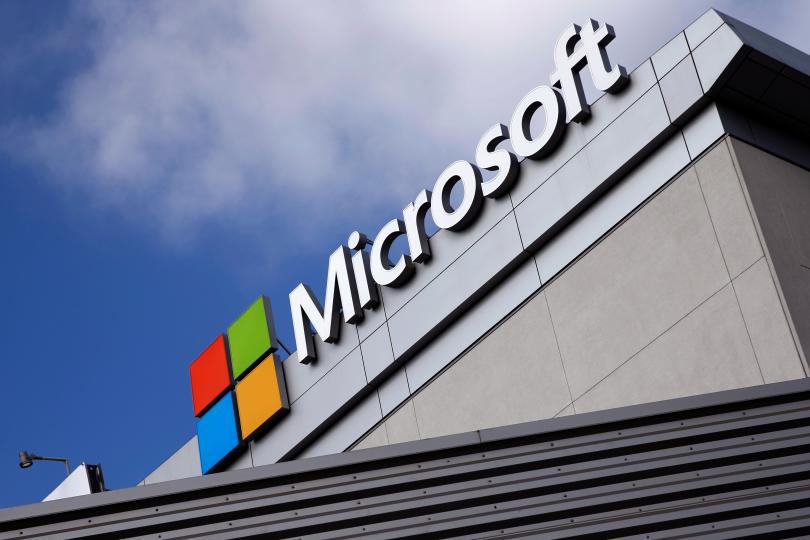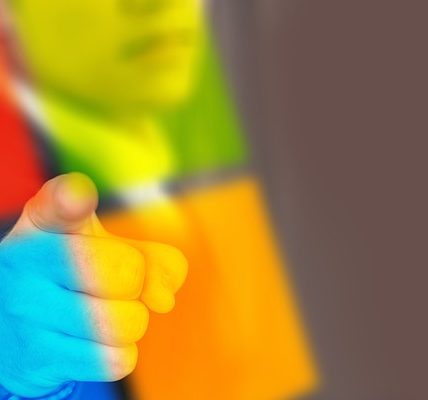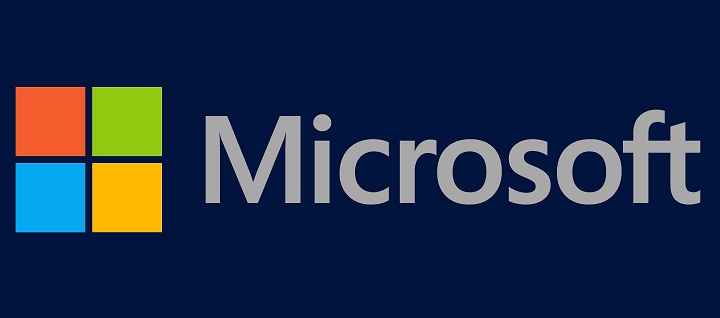
Any tech venture can pull the best out of the efforts by undergoing the excellent planning, and strong research along with the hard work of development. And there is no doubt Microsoft Research can be hanging with the most excellent outcome against the competitors. The company has a number of scientists who were hired through Microsoft Research as it’s a powerful unit to contribute in making of almost all company’s products for last few decades.
It is noteworthy to mention that it was the greatest contributions of Microsoft Research that helped the firm making the smart watch, generating global mapping programs, and producing voice recognition software. Nobody can forget the beginning of the tablets that was cherished as the new tech product and was also revealed as the result of research conducted by the corporation.
Microsoft Corporation is among the most important tech companies that have been investing heavily in far-off scientific projects including next generation wearable and tablets invention. It might be annoying to realize that the American tech company was not the first to receive commercial benefits from lots of its inventions till last year. However, later in 2015, the corporation came to a revolutionary decision and put efforts for revamping its in-house R&D projects that were pipelined for some time. Moreover, it allowed its scientists to take big risks for the completion of the projects.
Here we shall shade some light on three R&D projects that many people perhaps didn’t know Microsoft lined up for the completion.
Artificial Intelligence Checks in China
Microsoft took the privilege of being the first one to begin testing with its latest chatbot in China that can be considered as “the biggest checks” in the times gone by. They named the product “Xiaoice” which has the ability to respond to whatever is asked from it. It can also be an active participant to a conversation with human-like response. The service was hugely appreciated among its users. And as per the statics revealed this year, an approximate 40 million people were benefiting from the product at the beginning of 2016. This makes Xiaoice one of the important public tests which was taken in regards of artificial intelligence for Microsoft. The test did not only satisfy the data acquired for the service but also confirmed that it was correctly constructed on the firm’s Bing search engine. Based on the results, the management can consider plowing back other internal projects that are relying on Bing and artificial intelligence. These ventures include the Cortana (the virtual assistant), Office 365, and Swiftkey (a mobile-based keyboard application). In addition, some other schemes like mental health apps can eventually lead to new services by the company.
Moreover, the demonstration of Tay, the unpopular chatbot unveils a number of kinks required to be done before Microsoft and its team fully realize the potential of artificial intelligence.
Next-Generation Wearable
Microsoft is well aware of the profitable future of wearables and so, it has been investing in this regard too. The company created DuoSkin in the collaboration of MIT a while ago. It is a wearable tattoo that can be used as a touch-screen for controlling mobile phones and smart devices. At the moment, it is just a project that confirms collected data is used for research purposes only. However, the gained knowledge will be an important contribution to underpin potential wearable devices dissimilar from anything available in the market now days.
Microsoft also has plans pipelined to work for commercial-purpose wearables. Recently, its augmented reality headset named HoloLens is acclaimed by early developers. The latest wearable has marked a significant turnaround from old devices such as Xbox 360 that was plagued by quality control issues when launched. HoloLens is light in weight and works wirelessly. Unlike virtual reality opponents, it allows you to look at the augmented world as well as the real world.
Software Takes Over lab-ware
Microsoft is also running in the race of biotechnology and engineered-biology and has several plans to invest in these areas. To begin with, the company in the collaboration of University of Washington stored 200MB of data in threads of DNA. Even though 0.2 GB is not considered as a huge amount of data, the researchers capably stored it in an extremely small space. It’s very early, the experience of DNA data storing can be the beginning of the huge data center being stored in a sugar-cubes-kind space.










![Watch Video Now on xiaohongshu.com [以色列Elevatione perfectio X美容仪 perfectio X 全新仪器黑科技了解下]](https://www.techburgeon.com/wp-content/uploads/2019/07/perfectiox-singapore-150x150.jpg)
